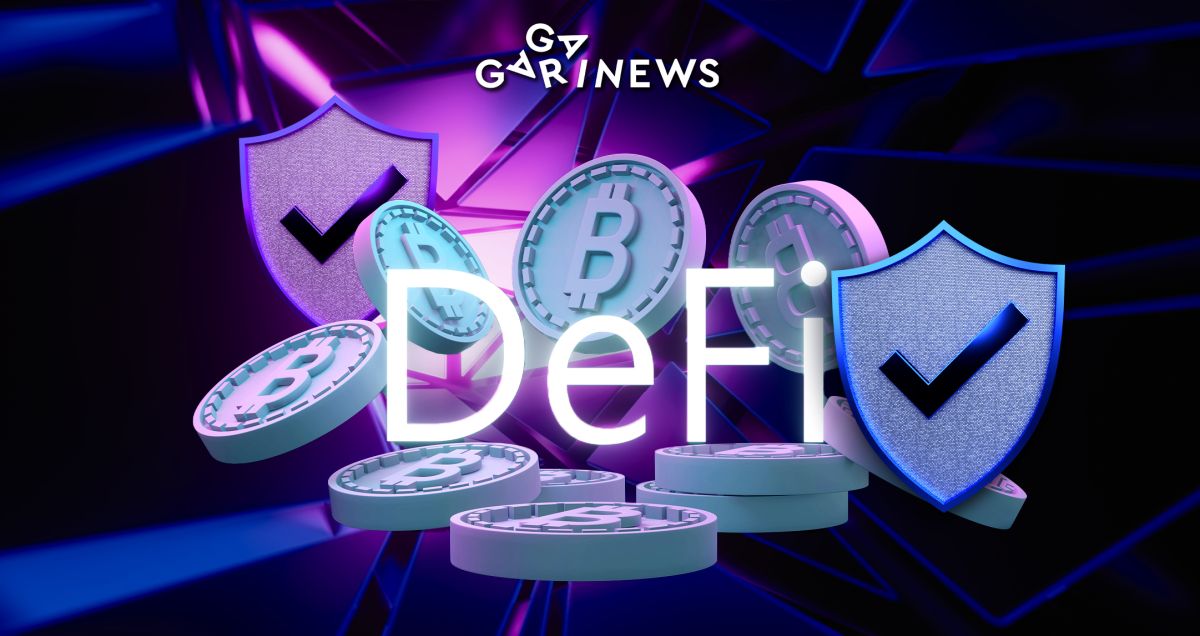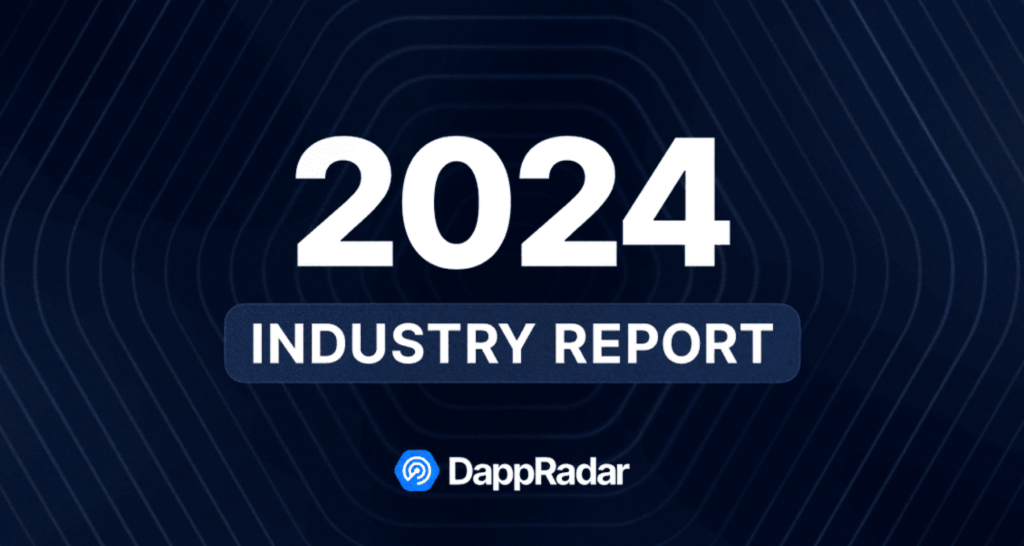Introducing a New Solution for DeFi Protocol Protection

In a bid to shield the Decentralized Finance (DeFi) ecosystem from security breaches, a collective of Ethereum enthusiasts has put forward a novel standard named ERC 7265. The standard would integrate a “circuit breaker” functionality into DeFi smart contracts, empowering them to promptly halt token transactions in the face of a hack or security anomaly.
On this page
The brainchild of community members known by their Twitter handles @tcb_00, @Diyahir, and @real_philogy, ERC 7265 aims to address the vulnerability of DeFi protocols to swift and devastating attacks. Such breaches often result in significant asset losses, with the protocol's total value locked plummeting in an alarmingly short span.
This new standard intends to make DeFi protocols more resilient by enabling them to quickly respond to attacks. With ERC 7265, developers can integrate custom rate limits for each asset within smart contracts, effectively creating a buffer that hampers an attacker's ability to drain funds from a contract at high speed. This buffer offers the potential for recovery and preservation of a significant portion of assets.
It’s worth noting that ERC 7265 is specifically tailored for DeFi protocols that can be modified through governance mechanisms, which are fairly common in the DeFi space. As a proposed standard, ERC 7265 now waits for scrutiny and potential acceptance by the wider Ethereum community. If accepted, it could mark a transformative step in the way DeFi protocols protect themselves against the ever-looming threat of cyber attacks.
The content on The Coinomist is for informational purposes only and should not be interpreted as financial advice. While we strive to provide accurate and up-to-date information, we do not guarantee the accuracy, completeness, or reliability of any content. Neither we accept liability for any errors or omissions in the information provided or for any financial losses incurred as a result of relying on this information. Actions based on this content are at your own risk. Always do your own research and consult a professional. See our Terms, Privacy Policy, and Disclaimers for more details.


























